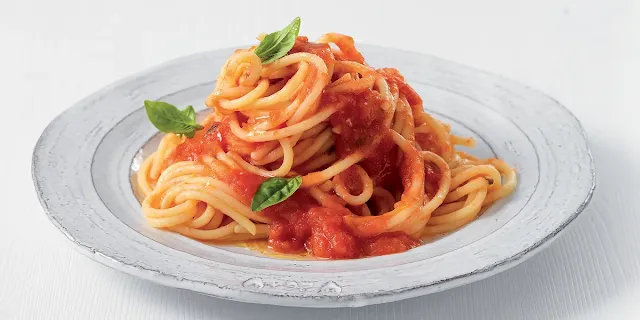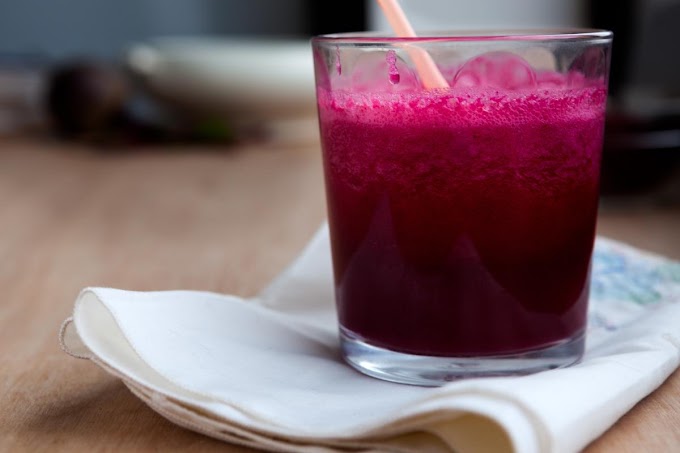Pasta is one of the most beloved dishes in the world, and at the heart of any great pasta dish is the sauce. A classic pasta sauce, like a marinara or Bolognese, can elevate your pasta to new heights, turning a simple meal into a culinary delight. But how do you cook a classic pasta sauce that captures the rich, authentic flavors of Italian cuisine? In this blog, we’ll take you through the steps to create a perfect pasta sauce from scratch, including tips on ingredients, cooking techniques, and pairing with pasta. Whether you’re a seasoned cook or a beginner, this guide will help you create a sauce that’s sure to impress.
Understanding the Basics: What Makes a Classic Pasta Sauce?
Before diving into the cooking process, it’s essential to understand what makes a pasta sauce "classic." Traditional Italian pasta sauces are typically made with simple, fresh ingredients. The beauty of these sauces lies in their simplicity and the way they allow the flavors of the ingredients to shine through.
Some of the most well-known classic pasta sauces include:
Marinara: A simple tomato-based sauce with garlic, onions, and herbs.
Bolognese: A hearty meat sauce made with ground beef or pork, tomatoes, and vegetables.
Alfredo: A creamy sauce made with butter, cream, and Parmesan cheese.
Pesto: A sauce made from fresh basil, garlic, pine nuts, olive oil, and Parmesan cheese.
In this blog, we’ll focus on two of the most iconic sauces: Marinara and Bolognese.
Ingredients: The Foundation of a Great Sauce
The key to a delicious pasta sauce lies in the quality of the ingredients. Here’s what you’ll need for both Marinara and Bolognese sauces:
For Marinara Sauce:
2 tablespoons of extra virgin olive oil
1 small onion, finely chopped
3-4 garlic cloves, minced
2 cans (28 ounces each) of whole peeled tomatoes
1 teaspoon of sugar (optional, to balance acidity)
Salt and pepper to taste
1/2 teaspoon of red pepper flakes (optional, for a bit of heat)
1/2 teaspoon of dried oregano or basil (or a combination)
Fresh basil leaves for garnish
For Bolognese Sauce:
2 tablespoons of extra virgin olive oil
1 small onion, finely chopped
1 carrot, finely chopped
1 celery stalk, finely chopped
2 garlic cloves, minced
1 pound of ground beef (or a mix of beef and pork)
1 cup of whole milk
1/2 cup of dry white wine
2 cans (28 ounces each) of whole peeled tomatoes
Salt and pepper to taste
A pinch of nutmeg (optional, for depth of flavor)
Fresh parsley or basil for garnish
Step-by-Step Guide: Cooking Marinara Sauce
Marinara sauce is one of the simplest and quickest pasta sauces to make. Here’s how to do it:
Heat the Olive Oil: In a large saucepan, heat the olive oil over medium heat. Add the chopped onion and cook until it becomes soft and translucent, about 5 minutes.
Add the Garlic: Stir in the minced garlic and cook for another minute, being careful not to let it burn.
Add the Tomatoes: Pour in the canned tomatoes, including their juices. Use a wooden spoon or a potato masher to break the tomatoes into smaller pieces.
Season the Sauce: Add salt, pepper, red pepper flakes (if using), and dried herbs. If the tomatoes are too acidic, you can add a teaspoon of sugar to balance the flavors.
Simmer the Sauce: Reduce the heat to low and let the sauce simmer for 30-45 minutes, stirring occasionally. The longer it simmers, the more the flavors will meld together.
Finish and Serve: Taste the sauce and adjust the seasoning if needed. If you prefer a smoother sauce, you can blend it with an immersion blender. Garnish with fresh basil leaves before serving over your favorite pasta.
Step-by-Step Guide: Cooking Bolognese Sauce
Bolognese sauce is a bit more complex than Marinara but is incredibly rewarding. Here’s how to make it:
Prepare the Vegetables: Heat the olive oil in a large, heavy-bottomed pot over medium heat. Add the chopped onion, carrot, and celery. Cook until the vegetables are softened, about 8-10 minutes.
Cook the Meat: Add the minced garlic and cook for 1 minute. Then, add the ground beef (or beef and pork mix) to the pot. Cook, breaking up the meat with a spoon, until it’s browned all over.
Add the Milk: Pour in the milk and bring it to a simmer. Cook until the milk has evaporated, stirring occasionally. This step adds a rich, creamy texture to the sauce.
Add the Wine: Pour in the white wine and let it simmer until the liquid has reduced by half.
Add the Tomatoes: Add the canned tomatoes, breaking them up with a spoon. Season with salt, pepper, and a pinch of nutmeg if using.
Simmer the Sauce: Lower the heat and let the sauce simmer gently for at least 1.5 to 2 hours. The longer it cooks, the richer the flavor will be. Stir occasionally and add a splash of water if the sauce becomes too thick.
Finish and Serve: Once the sauce is done, taste and adjust the seasoning. Garnish with fresh parsley or basil and serve over tagliatelle, pappardelle, or your pasta of choice.
Tips for Perfecting Your Pasta Sauce
Use Fresh Ingredients: Whenever possible, use fresh herbs, garlic, and high-quality canned tomatoes. The freshness of the ingredients makes a significant difference in the flavor of the sauce.
Cook Low and Slow: Especially for meat-based sauces like Bolognese, cooking the sauce over low heat for an extended period allows the flavors to develop and intensify.
Balance the Flavors: Taste your sauce as it cooks and adjust the seasoning. If the sauce is too acidic, a pinch of sugar can help balance it out. If it’s too bland, a bit more salt or herbs might be needed.
Pair with the Right Pasta: Different sauces pair better with certain types of pasta. Marinara sauce goes well with spaghetti, penne, or fusilli, while Bolognese is traditionally served with wider noodles like tagliatelle or pappardelle.
Conclusion
Cooking a classic pasta sauce is a rewarding experience that can transform a simple meal into something special. Whether you’re making a quick and easy Marinara or a rich and hearty Bolognese, the key is to use quality ingredients and take your time to let the flavors develop. With this guide, you’ll be well on your way to mastering the art of Italian pasta sauces and impressing your friends and family with your culinary skills. Enjoy your pasta with pride, knowing that you’ve created something truly delicious from scratch. Boon appetito!








Social Plugin